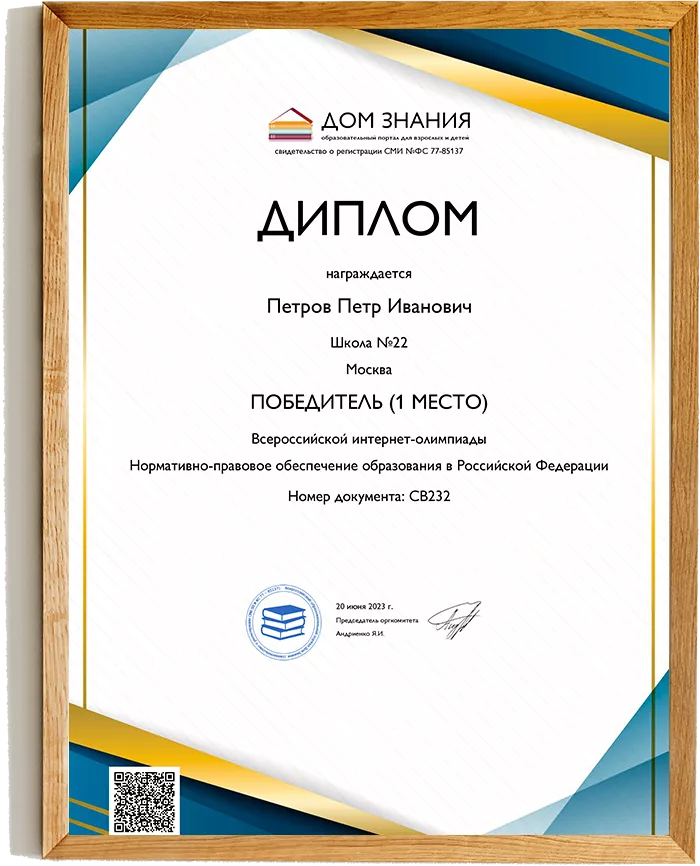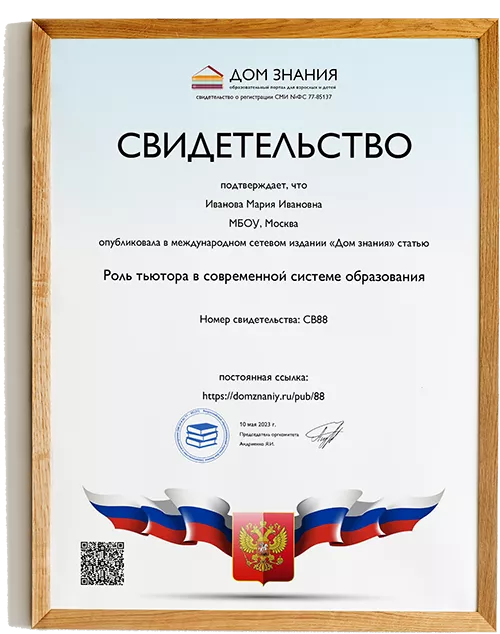Филлеры и работа с ними при планировании урока
Филлеры- универсальные активности, которые подходят для любой темы, и могут быть как отдельной активностью, так и надстройкой к тем, что уже есть в учебнике.
Классификация FILLERS по стадиям урока по ФГОС
1.Мотивация-актуализация нового материала, разогрев
2.Презентация- новый материал
3.Проверка понимания- контроль, самоконтроль
4.Закрепление- повторение, рециркуляция языковых элементов
5. Рефлексия- необходима для «присвоения» материала
6.Обратная связь- проверка или самопроверка, оценка, похвала и точки роста
План действий:
Организовать библиотеку: цифровую или бумажную
Обеспечить себе источник таких филлеров
Постоянно пополнять
Планировать урок как конструктор , подбирая готовые кубики
Планирование занятия:
- Определяем цели и форму урока, подбираем активности в основных стадиях
- подбираем филлеры под разные ситуации в классе
- Адаптация филлеров , если необходимо
- Проверка, тайминг, репетиция
FILLERS
E L T -UNIVERSITY FILLERS
All the fillers you will ever need and will be eager to try, carefully selected by ELT University for your best teaching experience. The fillers mentioned here fall into four major categories according to a lesson stage - presentation, practice-revision consolidation, feedback and reflection. Feel free to modify and tailor these fillers to your specific needs.
№1 PRESENTATION FILLERS
Key
question
After you present a new topic, ask Ss to come up with 5 questions about the topic, checking other people’s understanding of the topic. Have Ss compare questions (in groups) and cross out those which other people also have. Eventually they understand who the winner is: a person with the biggest amount of remaining questions. Option: Ss sound out questions and get as many points as many Ss also have this question. Then the winner is a S with the minimum points. Ss answer the rarest questions in the class and get other questions as homework.
Empathy
-Choose a character if there is one in this topic presentation.
- If there isn’t, organise a presentation around an expert in the topic.
- They are going to be a source of this topic for the lesson.
- Divide a piece of paper or board space into 4 sectors: what an expert is saying; what they are thinking, feeling; what is an expert’s motive and fear; what an expert knows but doesn’t share for now.
-Get Ss to analyse the sectors and find the differences in Ss interpretations.
- Arrange interviews in pairs: one of the Ss is an expert, another is an interviewer.
Bob
if
you
-Incorporate new (target) construction into statements and use them in the form “Bob if you+statement”, e.g. ‘going to’ -> “Bob if you are going to marry before you are 30”.
- Ask your students to listen and bob if the idea is about them.
Warn them that they need to pay attention to their peers - how many people agree with the statements?
-After a series of statements ask Ss what they learnt about their peers while observing them bobbing. Option: Bob if your partner is. Watch if your peers know you well and then confirm or disprove their guesses.
-Fix Ss’ ideas, summaries of the class opinion on 2 statements, ask what is similar. Have Ss notice the target constructions.
(With stronger Ss) Ask Ss to reconstruct some other statements and correct the form, comment on the use and meaning. Go on to drilling and controlled practice.
- (With weaker Ss) Teach the construction from the board. Go on to drilling and controlled practice. Then ask Ss to reconstruct some other statements from the filler.
4. I spy with my little eye
-Apply the target topic to say something about one of your students. E.g. if you are teaching Present Perfect, look at your Ss and find some obvious facts you can observe, e.g. “I spy with my little eye someone who has dyed their hair pink!”
- If you are teaching environment vocabulary, find out or remember what you need to know about your Ss in this context: “I spy with my little eye someone who sorts out the rubbish!”
-Have Ss respond to the sentence if they think it’s about them starting with the word “Yes” and continue under a certain condition (e.g. for Present Perfect ask them to use Present Simple/Continuous in their answer: “Yes, and I love my colour!”
- For Environment vocabulary ask Ss to use a phrase “for example” in their answer: “Yes, for example, papers goes to one container, plastic to a different one").
- Note. As you see, for this filler you need a certain degree of understanding of functional context of target language and the communicative implications of a certain construction for follow-up conditions Ss need to observe.
5. Starting point
Write target chunks (for vocab) or sentences comprising target constructions (for grammar), ideas (for strategies) on post-it notes on Miro / pieces of paper pinned to walls. Ask S-s walk around the classroom // explore the board and note down a sign on each post-it note:
+ for “I know it”
= for “I can feel it”
? for “I have a question about it”
- for “I have no idea what this is”
№2 PRACTICE - REVISION - CONSOLIDATION FILLERS
1. Descriptions
-Ask Ss to describe the topic they have just learnt/discussed to their 4-year-old brother, their grandmother, their teacher and an expert in the topic.
- Ask them how these explanations are different.
-Highlight the idea of interpretation and the fact that a particular case determines the way ideas are represented.
2. The truth or a lie
-Ask S-s to write 5 facts about the topic / 5 sentences using the key vocab (grammar). 3 of these sentences should be correct / right, 2 of them false / wrong.
-Get Ss exchange sentences and find the false ones or the ones with mistakes.
-Option: discuss the statements frontally and award points to those who pinpoint the false / wrong ones.
3. Figures and numbers
-Write a number in the chat and ask your Ss in 40 sec to write a sentence using this number - either about the topic or an example with the target construction.
-Do the same with a couple of other numbers. You can use colours, shapes, names, actions, adjectives of evaluation.
-Have Ss look through other people’s ideas in the chat and name the closest to theirs and the idea which they liked most.
- Get them to suggest their own number or colour/etc. and repeat the exercise.
Thumbs
up
-Put Ss in pairs or mini-groups. Have the 1st person in a pair/group sound out one phrase (vocabulary)/ sentence with the key language (grammar) and show one of the gestures, and then choose one of their peers to complete the action corresponding to the gesture:
-Thumb up - give a generalised notion;
-Thumb pointing sideways - give a synonym / definition;
-Thumb down - give an antonym;
-Open palm - give an example or some he context for the unit.
Herring skeleton (also good for assessment)
-Draw fish skeleton on the board. Have your Ss write:
-(for vocab topic) the topic on the head of the fish, target phrases on its ribs, corresponding grammar along its back, 4 situations of use on the tail;
-(for grammar topic) the topic on the head of the fish, functions or markers on its ribs, 3-4 forms on the tail.
Card trading (also good for assessment)
-(for vocabulary) Write target phrases on the cards.
-(for speaking) Write questions or dialogue-initiators on the cards.
-Have Ss walk around (or rotate them in breakout rooms) and ask each other questions which their partners should answer. In case with vocabulary partners should define a phrase.
-If a partner defines a phrase or answers a question, they take a card to themselves. If a partner can’t do that, S1 can ask another person / offline give a card to a random person passing by.
-The winner is a person who took maximum number of cards.
№ 3 FEEDBACK FILLERS
Perfect
English
-After a speaking or a writing activity and monitoring collect all inaccuracies of Ss’ in one doc. Add several good samples there too.
- Have Ss sort the samples out into 2 columns of the chart: "Things to improve” and “Perfect English”.
-Let Ss correct those samples which went to the first category. Check it with the whole class.
2. Pair share
-Print out the keys to an activity. Cut a piece of paper in 2 parts: one goes to S1, another to their partner.
-After completing the activity let Ss check the answers with each other in pairs. Provide them with some explanations on the card if necessary.
№ 4 REFLECTION FILLERS
Metaphors
-Ask Ss compare a topic, an idea, an action from the lesson with going shopping, travelling, visit to a dentist, a football match, a wedding, etc,
- At the end of the lesson have Ss explain their metaphors taking into account what you learned about it today.
Возможные инструкции:
Сравните занятие с походом за покупками.
Сравните новую тему с музыкальным произведением.
Сравните задание с погодой.
Например: урок английского/Narrative tenses совсем как…реалити-шоу/ меню /свадьба/ футбольный матч /восхождение на гору
Conversion
-Pinpoint a product/an item you want your students to reflect about.
-Ask them to convert it (a topic, a sentence, a story,a listening, a strategy etc.) into a poem / song / picture/ a plasticine shape.
- Option: If this topic / sentence / story / listening / strategy etc. was a colour / melody / film/ weather / plant / a piece of furniture/ a dish etc., what would it be?
Start
,
Continue
,
Stop
After a lesson teaching skills, strategies, ask Ss to write:
-3 things they will start doing in the context of the lesson after this lesson (e.g. writing an informal letter they will start breaking it into passages, using relevant neutral and informal phrases, use genre conventions)
- 3 things they will stop doing
-2 things they will continue doing
Gratitude
-Have Ss say thank you to one person in the group for some particular thing in the lesson.
-Ask them to come up with 2 things their peers could thank them for in this lesson.
Источники:
Курс «Преподаватель английского языка: методика, технология обучения» от ELT University
https://elt-university.ru
https://learnhip.com/
https://eslgames.com/no-prep-warm-up-activities/


